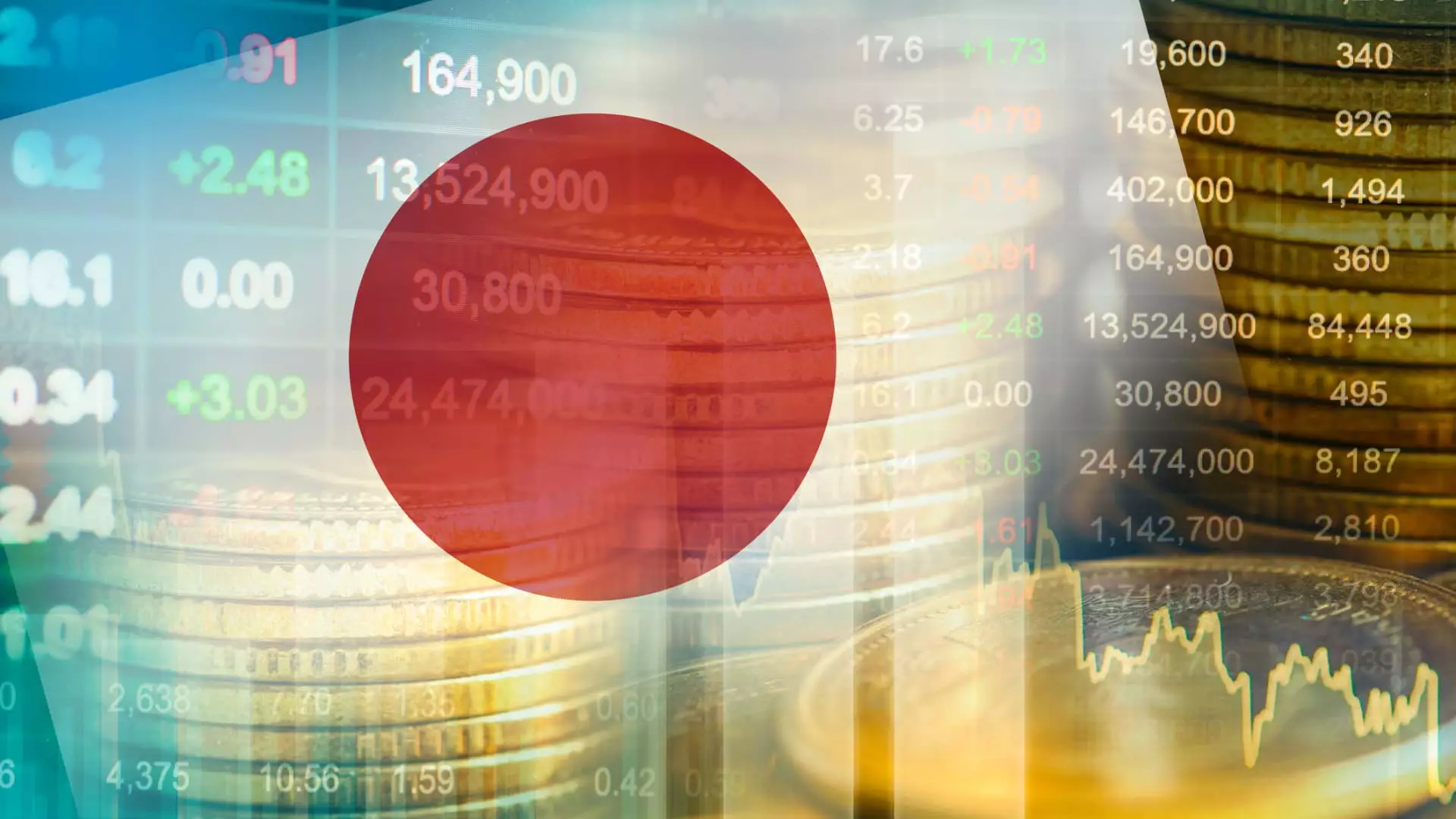Japan’s economy was hit hard as it unexpectedly contracted once again in the October-December period, pushing the country into a technical recession. The provisional government data revealed that high inflation has crimped domestic demand and private consumption, posing a significant challenge for Bank of Japan Governor Kazuo Ueda in normalizing interest rates and for Japanese Prime Minister Fumio Kishida in providing fiscal policy support.
To compound Japan’s woes, the fourth-quarter gross domestic product (GDP) declined by 0.4% compared to the same period the previous year, following a revised 3.3% slump in the July-September period. These figures were strikingly lower than the median estimate of 1.4% growth predicted in a Reuters poll among economists. In terms of dollar terms, Germany surpassed Japan, cementing its position as the third-largest economy in the world in 2021.
The fourth-quarter GDP deflator stood at 3.8% on an annualized basis, indicating the persistence of high inflation. Furthermore, the Japanese economy contracted by 0.1% in the fourth quarter compared to the previous quarter, following a revised 0.8% decline in the third quarter. These figures fell short of expectations for a 0.3% expansion. The concerning aspect is that these disappointing figures raise questions regarding Japan’s potential entry into a recession.
Marcel Thieliant, head of Asia-Pacific at Capital Economics, observed that the unemployment rate dropped to an eleven-month low of 2.4% in December, while the Bank of Japan’s Tankan survey indicated that business conditions across all industries and firm sizes were the strongest they had been since 2018 in the fourth quarter of 2021. Thieliant contended that despite the existing uncertainties, growth is likely to remain sluggish due to the negative household savings rate.
Private consumption suffered a decline of 0.2% in the fourth quarter compared to the previous quarter, contrary to the median estimate of a 0.1% expansion. Despite gradual declines in inflation, the “core core inflation,” which excludes food and energy prices, has surpassed the Bank of Japan’s 2% target for fifteen consecutive months. The BOJ has cautiously continued with its negative-rate regime, hoping that wage increments will boost consumer spending and provide a sustainable path for inflation to rise.
However, the weaker-than-expected GDP figures from Thursday cast doubt on the BOJ’s preference for domestically-driven inflation. This calls into question the sustainability and stability of this inflationary approach. The current situation suggests that high inflation is dampening domestic consumption, regardless of the potential for higher wages, and strengthens the case for introducing looser monetary policies for an extended period of time.
The Japanese economy faces significant challenges as it navigates through its current recessionary period. In order to stimulate growth and revive domestic demand, the government and the central bank need to develop effective strategies. While there are indications of positive developments in certain sectors, such as job vacancies and strong business conditions in the fourth quarter, the overall outlook remains bleak.
To address the issues at hand, it is crucial for fiscal policies to align with monetary policies, aiming at both short-term and long-term goals. Additionally, steps should be taken to reduce the burden of high inflation on consumers and to actively encourage spending. This can be achieved through policies that promote wage increases, enhance social security, and support small businesses.
Overall, Japan finds itself at a critical juncture where immediate actions are necessary to prevent further economic decline. The country must seize this opportunity to reevaluate its priorities, reform its economic structure, and prioritize sustainable growth for the well-being of its citizens and the overall stability of the global economy.

Leave a Reply